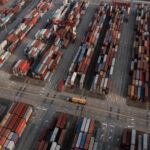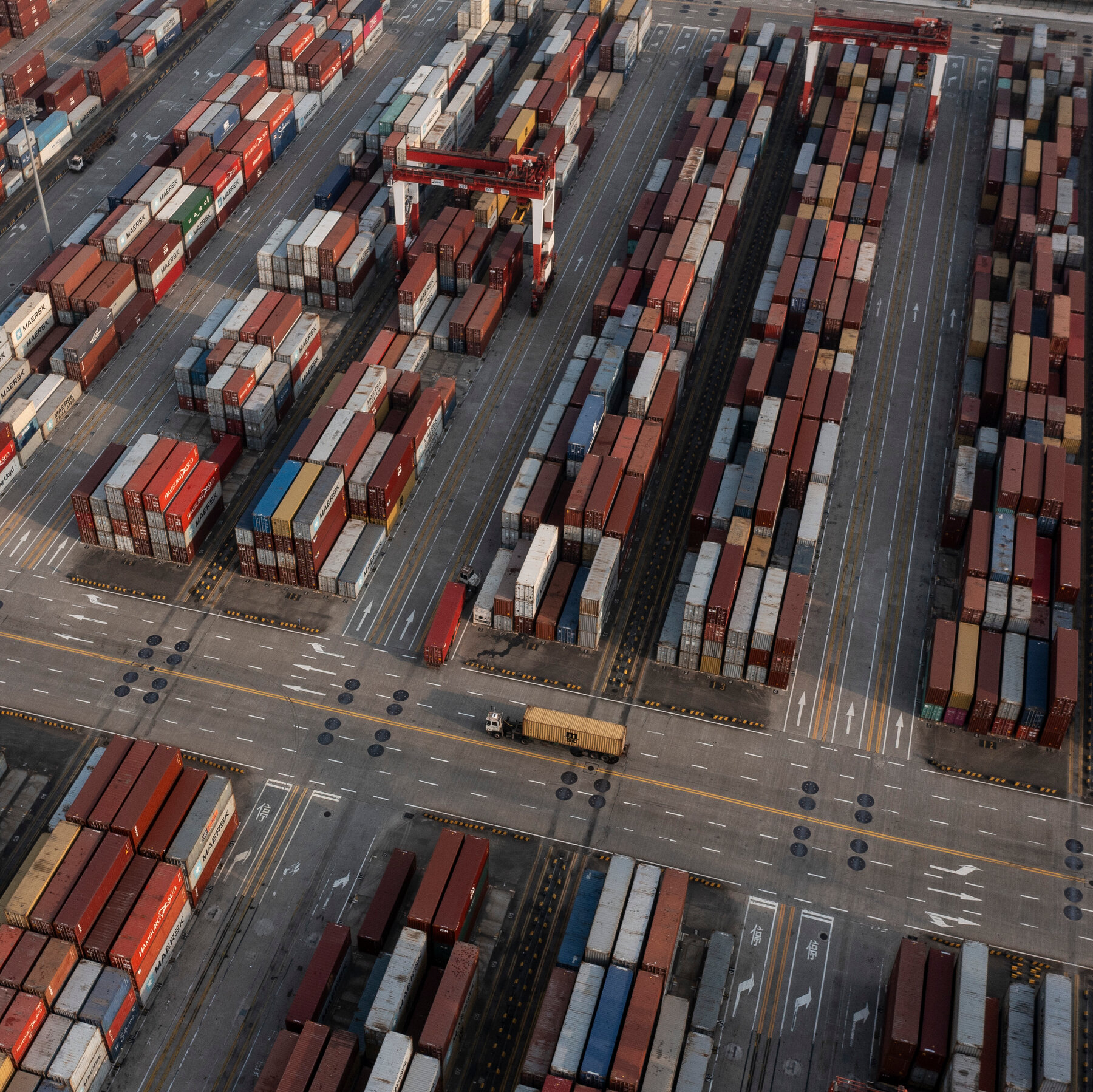Duty on alcohol and tobacco is nothing new, but pegging tax to the abv level of wine is changing the way producers work
Touraine Rouge Le Bécassou, Domaine des Echardières, Loire, France 2023 (£10.50, thewinesociety.com) It’s never going to be a subject that comes up on the doorstep, and it’s hard to imagine anyone posing a question about it at a local hustings or TV debate. Still, wine, like everything else, does have a political dimension and the decisions taken by whichever party takes power on Thursday 4 July will affect those who drink and make it. The most common legislative interventions involve duty. Successive governments have tended to view alcohol, like tobacco, as a convenient and politically neutral place to raise tax revenues: the Office of Budget Responsibility reckons the current duty regime will bring in £16.1bn by 2028/29. Last year, the Tories added another dimension: pegging duty to alcoholic strength. In wine that’s already had the effect of increasing the number of wines coming in below the 11.5% threshold where a higher rate kicks in – no bad thing when they’re as delightfully fragrant and refreshing as Domaine des Echardière’s summery Loire Malbec.
Sainsbury’s Taste the Difference Discovery Collection Chilean Semillon, Apalta, Colchagua Valley, Chile 2023 (£10.50, Sainsbury’s) The problem with pegging duty to alcohol level is that it effectively penalises conscientious producers operating in traditional, warmer wine regions where the combination of grape variety and climate makes it very hard to make a quality wine below 13% or 14% alcohol. It’s a matter of how much sugar the grapes accumulate by the time they have reached what winemakers call full “phenolic” or “flavour” ripeness. The temptation, certainly at the lower end of the market, is to pick the grapes too early, before the grapes are properly ripe, and to leave a few grams more sugar in the finished wine rather than converting it all (or almost all) into alcohol during fermentatoin. That leads to wines that may avoid the higher rate of duty, but which are an awkward mix of sweet, hollow and harshly green. With ever-hotter vintages, the problem is only getting more acute, although, with thoughtful work in the vineyard and the right choice of grape variety, making a relatively light wine is not impossible: witness Sainsbury’s arrestingly incisive fresh, mineral, peachy new 12.5% white from the very warm Colchagua Valley in Chile.
Continue reading… Duty on alcohol and tobacco is nothing new, but pegging tax to the abv level of wine is changing the way producers workTouraine Rouge Le Bécassou, Domaine des Echardières, Loire, France 2023 (£10.50, thewinesociety.com) It’s never going to be a subject that comes up on the doorstep, and it’s hard to imagine anyone posing a question about it at a local hustings or TV debate. Still, wine, like everything else, does have a political dimension and the decisions taken by whichever party takes power on Thursday 4 July will affect those who drink and make it. The most common legislative interventions involve duty. Successive governments have tended to view alcohol, like tobacco, as a convenient and politically neutral place to raise tax revenues: the Office of Budget Responsibility reckons the current duty regime will bring in £16.1bn by 2028/29. Last year, the Tories added another dimension: pegging duty to alcoholic strength. In wine that’s already had the effect of increasing the number of wines coming in below the 11.5% threshold where a higher rate kicks in – no bad thing when they’re as delightfully fragrant and refreshing as Domaine des Echardière’s summery Loire Malbec.Sainsbury’s Taste the Difference Discovery Collection Chilean Semillon, Apalta, Colchagua Valley, Chile 2023 (£10.50, Sainsbury’s) The problem with pegging duty to alcohol level is that it effectively penalises conscientious producers operating in traditional, warmer wine regions where the combination of grape variety and climate makes it very hard to make a quality wine below 13% or 14% alcohol. It’s a matter of how much sugar the grapes accumulate by the time they have reached what winemakers call full “phenolic” or “flavour” ripeness. The temptation, certainly at the lower end of the market, is to pick the grapes too early, before the grapes are properly ripe, and to leave a few grams more sugar in the finished wine rather than converting it all (or almost all) into alcohol during fermentatoin. That leads to wines that may avoid the higher rate of duty, but which are an awkward mix of sweet, hollow and harshly green. With ever-hotter vintages, the problem is only getting more acute, although, with thoughtful work in the vineyard and the right choice of grape variety, making a relatively light wine is not impossible: witness Sainsbury’s arrestingly incisive fresh, mineral, peachy new 12.5% white from the very warm Colchagua Valley in Chile. Continue reading… Wine, Food, Life and style



